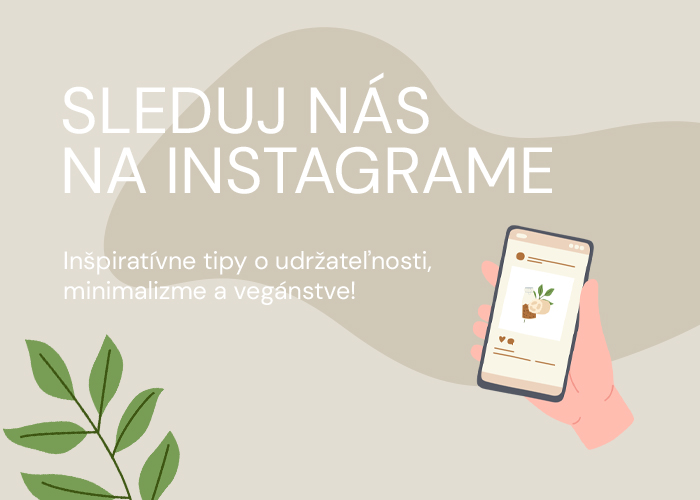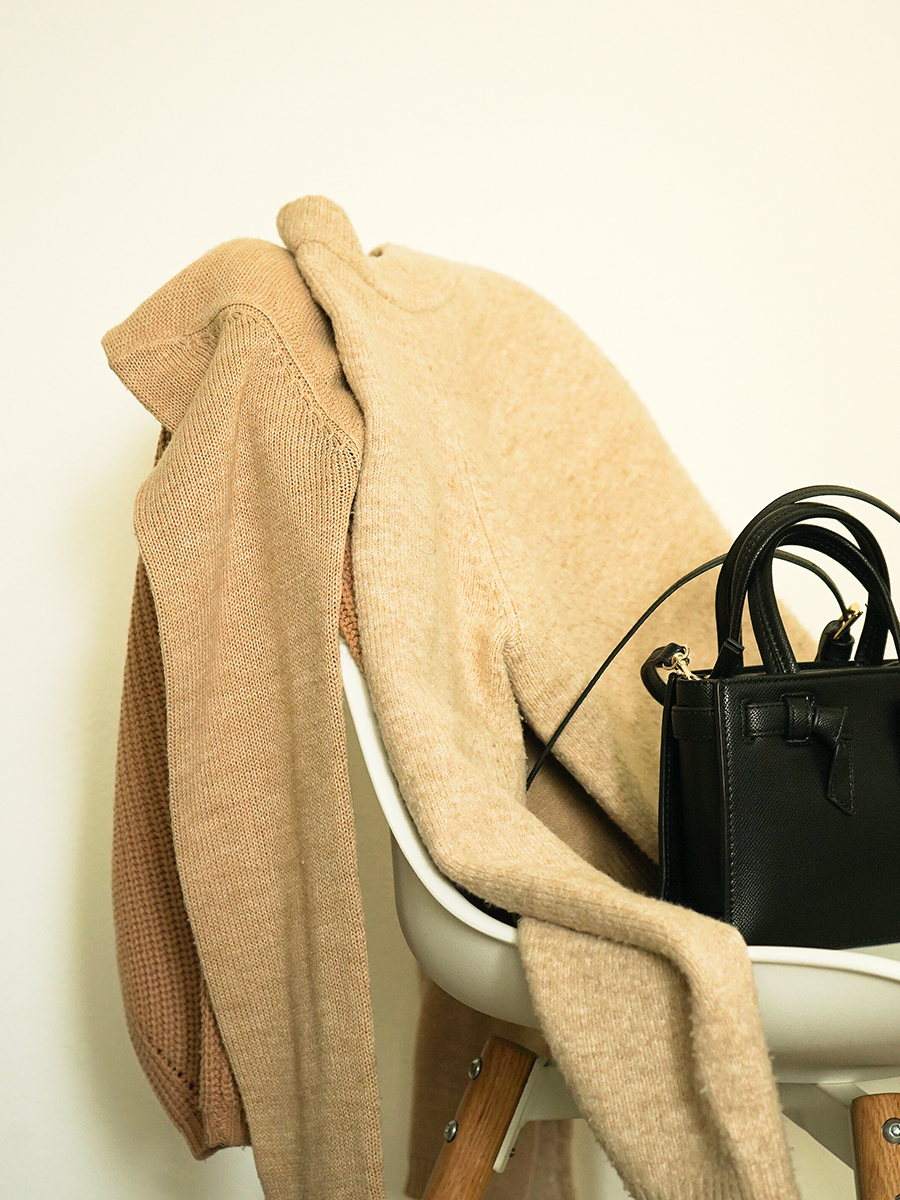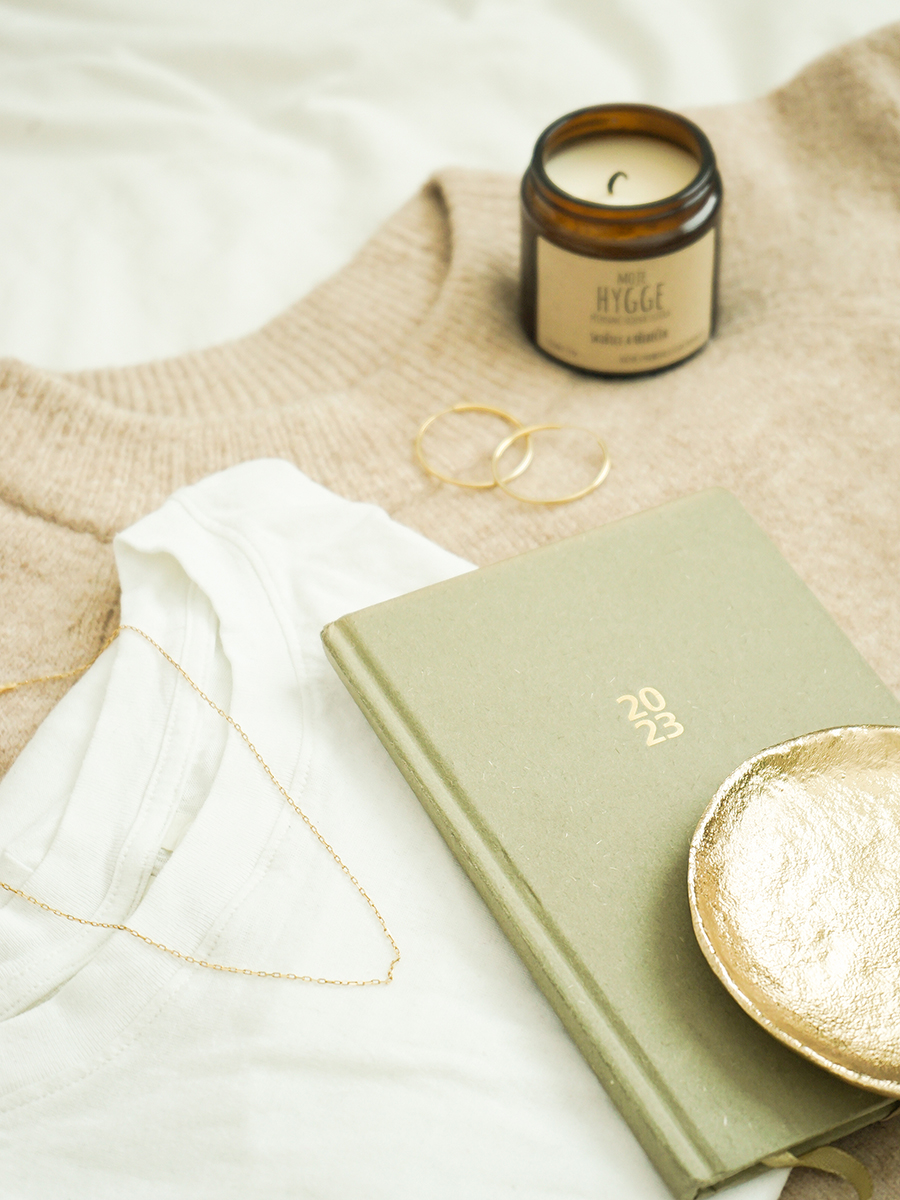
I have already written about organic cotton in an article on sustainable materials. Since I didn’t want to overwhelm the post with too much information, facts and numbers, I commented only briefly on this fabric. But I want to tell you a little more on this topic — because I feel that although most people can at least imagine what the difference between classic conventional and organic cotton might be, they don’t see the main reasons why the BIO version is better and why it is worth to invest in it.

The difference in cultivation
Organic cotton — same as conventional cotton — is obtained from cotton seeds that are overgrown with fibers. It’s grown in subtropical countries, mainly in China, India, Turkey, Kyrgyzstan or the southern United States, where it has ideal conditions for growth.
The difference between conventional and BIO cotton is that BIO cotton grows in “living soil”, no toxic and dangerous chemicals are used in cultivation, and overall care is taken to ensure that the soil is not overloaded (or even exhausted) so that it has sufficient nutrients and biodiversity has been preserved. In order for BIO cotton to start growing on any soil, it must be free of any pesticides for at least three years. To increase its productivity, only natural fertilizers are used and, thanks to crop rotation, nutrient replenishment and maintenance of fertility are ensured. Strict rules must also be observed during transport and storage.
Advantages of BIO cotton
Compared to conventional cotton, organic cotton consumes up to 62% less primary energy, the soil and water on which it grows are 70% less acidic, contributes 46% less to global warming, and has significantly lower water consumption. Just to give you an idea — almost 8,300 liters of water are needed to make one classic cotton T-shirt, while only 704 liters are needed for a BIO cotton T-shirt, which is an incredible eleven times less.
In addition, BIO cotton has a lower carbon footprint and produces less greenhouse gases, doesn’t contribute to groundwater pollution (because no harmful chemicals are used in its cultivation) and, thanks to strict regular inspections and testing, doesn’t contain hazardous substances such as lead, nickel, formaldehyde and heavy metals.

Ethical approach to farmers
The health and safety of farmers are also taken into account in cultivation. Did you know that conventional cotton plantation workers often have respiratory problems, asthma, long-term memory loss, paralysis, or even cancer because of synthetic pesticides? But health problems are not the only thing they have to deal with — pests are gradually becoming more resistant to chemical spraying, forcing farmers to use pesticides that are not only more aggressive but also more expensive. As a result, they are in debt and have to take out loans because they don’t want to lose income. As I have already mentioned, the use of chemical and toxic sprays is forbidden in the cultivation of BIO cotton, so the health of farmers is not endangered in any way.
The use of organic cotton is still only at the beginning of its long journey. In 2015, its ratio to the total amount of cotton grown was only 0.4%. However, by raising awareness and growing interest in sustainability, more and more clothing chains and brands are choosing BIO cotton and including it in their collections. However, the main disadvantage remains that organic cotton is more expensive than conventional cotton and it will take some time before its price becomes available to the general public.

O organickej bavlne som vám už napísala v článku o udržateľných materiáloch. Keďže som nechcela daný príspevok zahltiť príliš veľkým množstvom informácií, faktov a čísel, vyjadrila som sa k tejto tkanine len stručne. No o tejto téme vám chcem povedať o čosi viac — pretože mám pocit, že hoci si väčšina ľudí vie aspoň trochu predstaviť, aký asi môže byť rozdiel medzi klasickou konvenčnou a organickou bavlnou, nevidí hlavné dôvody, prečo je BIO verzia lepšia a prečo sa do nej oplatí investovať.

Rozdiel v pestovaní
Organická bavlna sa — rovnako ako i konvenčná bavlna — získava zo semien bavlníka, ktoré obrastajú vláknami. Pestuje sa v subtropických krajinách, prevažne v Číne, Indii, Turecku, Kyrgizsku alebo na juhu USA, kde má pre rast ideálne podmienky.
Rozdiel medzi klasickou a BIO bavlnou je ten, že BIO bavlna rastie v “živej pôde”, pri pestovaní nie sú používané žiadne toxické a nebezpečné chemikálie a celkovo sa dohliada na to, aby pôda nebola preťažená (alebo až vyčerpaná), aby mala dostatok živín a bola zachovaná biodiverzita. Na to, aby sa na nejakej pôde mohla začať pestovať BIO bavlna, musí byť najmenej tri roky bez zásahu akýchkoľvek pesticídov. Pre zvýšenie jej produktivity sa používajú iba prírodné hnojivá a vďaka striedaniu plodín sa zaisťuje dopĺňanie živín a udržanie úrodnosti. Prísne pravidlá sa musia dodržiavať aj pri preprave a skladovaní.
Výhody BIO bavlny
V porovnaní s konvenčnou bavlnou má organická bavlna až o 62% nižšiu spotrebu primárnej energie, pôda a voda, na ktorej rastie, je o 70% menej kyslá, o 46 % menej prispieva ku globálnemu otepľovaniu, a má výrazne nižšiu spotrebu vody. Pre predstavu — na výrobu jedného trička z klasickej bavlny je potrebných takmer 8 300 litrov vody, zatiaľ čo na tričko z BIO bavlny len 704 litrov, čo je neuveriteľných jedenásťkrát menej.
Okrem toho má BIO bavlna nižšiu uhlíkovú stopu a produkuje menej skleníkových plynov, neprispieva k znečisťovaniu podzemných vôd (pretože sa pri jej pestovaní nepoužívajú žiadne škodlivé chemikálie) a vďaka prísnym pravidelným kontrolám a testovaniu neobsahuje zdraviu nebezpečné látky ako je olovo, nikel, formaldehyd a ťažké kovy.

Etický prístup k farmárom
Pri pestovaní sa obzvlášť prihliada i na zdravie a bezpečnosť farmárov. Vedeli ste, že pracovníci na plantážach s konvenčnou bavlnou majú kvôli syntetickým pesticídom často dýchacie problémy, astmu, dlhodobé straty pamäti, ochrnutie alebo až rakovinu? Ale zdravotné problémy nie sú jediné, s čím sa musia vysporiadať — škodcovia sa postupne stávajú viac odolní voči chemickým postrekom, čím sú farmári nútení používať pesticídy, ktoré sú nielen agresívnejšie, ale aj drahšie. Tým sa zadlžujú a musia si brať pôžičky, pretože nechcú stratiť príjem. Ako som už spomínala, používanie chemických a toxických postrekov je pri pestovaní BIO bavlny až zakázané, preto zdravie farmárov nie je nijako ohrozené.
Používanie organickej bavlny je stále iba na začiatku svojej dlhej cesty. V roku 2015 jej pomer v rámci celkového množstva vypestovanej bavlny predstavoval len 0.4%. No zvýšením uvedomelosti a nárastu záujmu o udržateľnosť čoraz viac odevných reťazcov a značiek volí BIO bavlnu a zahŕňa ju do svojich kolekcií. Hlavnou nevýhodou však ostáva to, že organická bavlna je oproti konvenčnej drahšia a ešte chvíľu potrvá, kým sa jej cena stane dostupnou širokej verejnosti.





